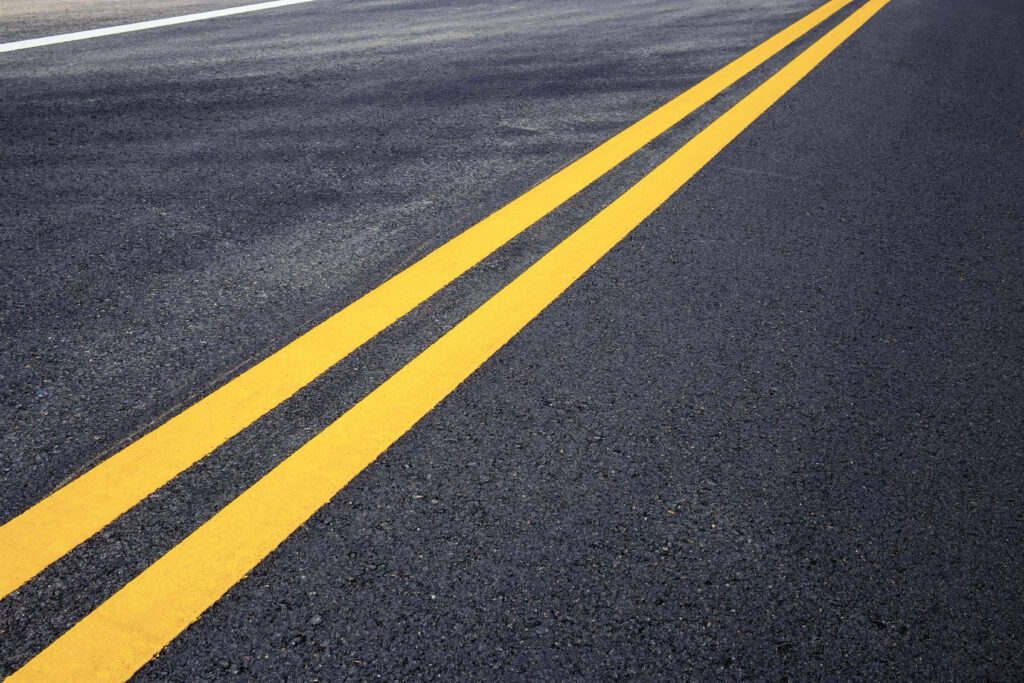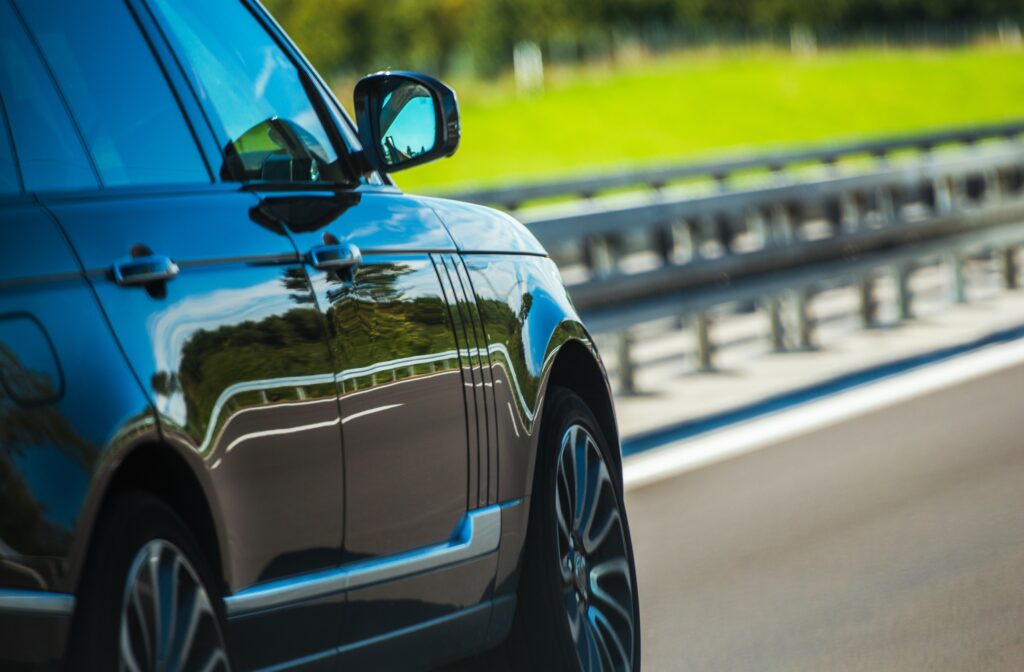The Connection Between Pavement Marking and Self-Driving Tech

At D2 Striping, we are excited about the innovative leaps occurring in the traffic industry in recent years. Self-driving cars, for example, have been a part of the traffic tech conversation for several years now. The trend toward automating more and more driving functions is impossible to ignore. We believe that self-driving cars will be the bread and butter of traffic managers and city planners very soon. We also understand that the crucial relationship between marking and self-driving tech will define how effective these vehicles are.
What Role Does Pavement Marking Play?

Street striping and pavement marking play a crucial role in the operation of self-driving cars. These markings provide visual cues and information that self-driving car systems use to navigate the road, make driving decisions, and ensure safety. Our team has compiled a list of the crucial functions of marking in the context of self-driving cars. Check them out below.
- Lane Detection: Self-driving cars rely on street striping to detect and identify lane boundaries. By analyzing the painted lines, the vehicle’s sensors can determine the position and width of lanes on the road. This information helps the self-driving system keep the vehicle centered within the lane and make appropriate driving maneuvers.
- Path Planning: Pavement markings, such as arrows, crosswalks, and turn lanes, provide valuable information for self-driving cars to plan their path. These markings guide the vehicle in choosing the correct lane for turning, changing lanes, or following the designated path on complex road geometries.
- Traffic Control: Road markings also assist self-driving cars in understanding and obeying traffic regulations. For example, stop lines and crosswalks indicate where the vehicle should come to a stop at intersections or yield to pedestrians. Other markings, like speed limit signs painted on the road, can help the autonomous system adjust its speed accordingly.
- Object Detection and Localization: Street striping and pavement markings act as reference points for self-driving car sensors to locate and track objects in their vicinity. By comparing the positions of other vehicles, pedestrians, or obstacles relative to the road markings, the system can better perceive the surrounding environment and make informed decisions.
- Mapping and Localization: High-definition maps used by self-driving cars often include information about street striping and pavement markings. By matching the real-time sensor data with the pre-mapped information, the vehicle can accurately determine its position on the road and navigate complex intersections or road configurations.
D2 Striping Pushes the Envelope
D2 Striping is always at the vanguard of tech and marking solutions. We want to usher in a future where the passengers in self-driving vehicles have an assurance of safety, consistency, and reliability on their journey. If you are curious about our services, get in touch with us today for more information!



